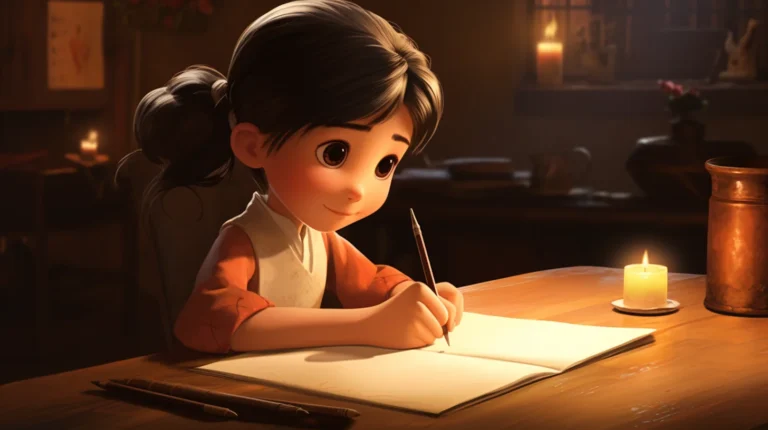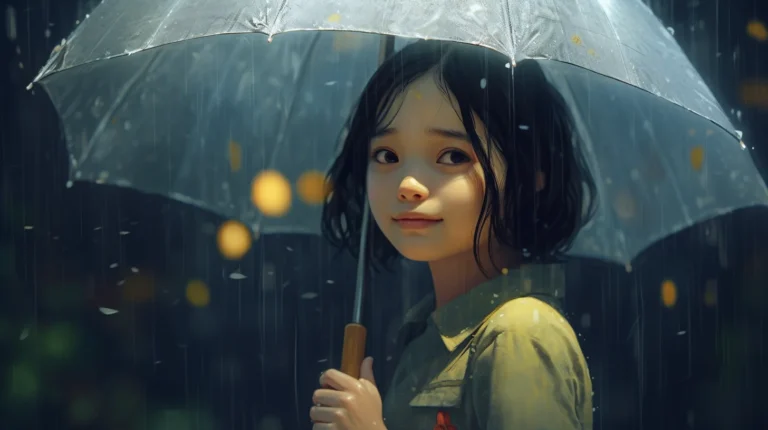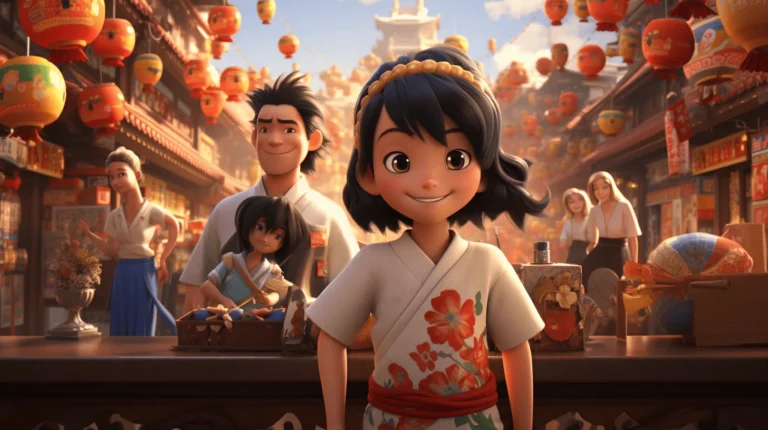From the vibrant colors of cherry blossoms to the rhythmic beat of taiko drums, Japanese festivals captivate audiences around the world with their energy, beauty, and cultural significance.

Introduction:
From the vibrant colors of cherry blossoms to the rhythmic beat of taiko drums, Japanese festivals captivate audiences around the world with their energy, beauty, and cultural significance. These celebrations, rooted in centuries-old traditions, offer a glimpse into Japan’s rich cultural heritage and provide a platform for communities worldwide to come together and celebrate.
Sharing Traditions Abroad:
As Japan’s influence spreads globally, so too do its festivals, as communities outside of Japan embrace and celebrate Japanese culture. From major cities to small towns, Japanese festivals have found a home in various parts of the world, attracting both Japanese expatriates and enthusiasts alike. These events serve not only as opportunities to celebrate cultural heritage but also as avenues for cultural exchange and understanding.
Cherry Blossom Festivals:
Among the most iconic of Japanese festivals are cherry blossom festivals, known as “hanami” in Japan. These celebrations mark the blooming of cherry blossoms, or “sakura,” and are celebrated with picnics, music, and dance beneath the blossoming trees. While Japan’s cherry blossom season is world-famous, cities like Washington, D.C., and Vancouver host their own cherry blossom festivals, attracting visitors from around the globe.
Obon Festivals:
Obon festivals are held in the summer to commemorate ancestors’ spirits and welcome their return to the earthly realm. These festivals feature traditional rituals, including the lighting of lanterns and the Bon Odori dance. In addition to Japan, Obon festivals are celebrated in cities with large Japanese communities, such as São Paulo and Seattle, where attendees gather to honor their ancestors and participate in cultural activities.
Matsuri Madness:
Matsuri, or traditional Japanese festivals, are celebrated throughout the year in Japan and abroad. These lively events feature parades, street performances, food stalls, and traditional rituals, providing a rich cultural experience for attendees. From the lively atmosphere of the Gion Matsuri in Kyoto to the dazzling floats of the Nebuta Matsuri in Aomori, the spirit of matsuri is celebrated in cities worldwide, including Los Angeles, São Paulo, and London.
Bon Odori Festivals:
Bon Odori festivals are held in the summer to honor ancestral spirits and celebrate the Buddhist festival of Obon. These festivals feature traditional folk dances, known as “bon odori,” performed in circles around a central stage. While originating in Japan, Bon Odori festivals are now held in cities with significant Japanese communities, such as Honolulu and San Francisco, where attendees join in the festivities to honor their heritage and ancestors.
Tanabata Festivals:
Tanabata, also known as the Star Festival, celebrates the legend of two celestial lovers separated by the Milky Way, reunited once a year on the seventh day of the seventh lunar month. Tanabata festivals feature colorful decorations made of paper strips, or “tanzaku,” on which people write their wishes. While traditionally celebrated in Japan, Tanabata festivals can be found in cities like Los Angeles and Sydney, where communities come together to enjoy music, food, and traditional festivities.
Preserving Culture, Building Community:
Japanese festivals around the world serve as more than just celebrations; they are vital components of community identity and cultural preservation. These events provide opportunities for Japanese expatriates to connect with their cultural roots and for non-Japanese attendees to experience and appreciate Japanese traditions. By preserving and sharing these cultural practices, Japanese festivals contribute to the rich tapestry of multiculturalism and diversity in communities worldwide.
Conclusion:
Japanese festivals hold a special place in the hearts of people around the world, captivating audiences with their beauty, energy, and cultural significance. From cherry blossom festivals to matsuri celebrations, these events provide opportunities for communities to come together, celebrate cultural heritage, and forge connections across borders. As Japanese culture continues to inspire and influence global audiences, Japanese festivals serve as vibrant expressions of tradition and community, enriching lives and fostering cultural understanding wherever they are celebrated.






